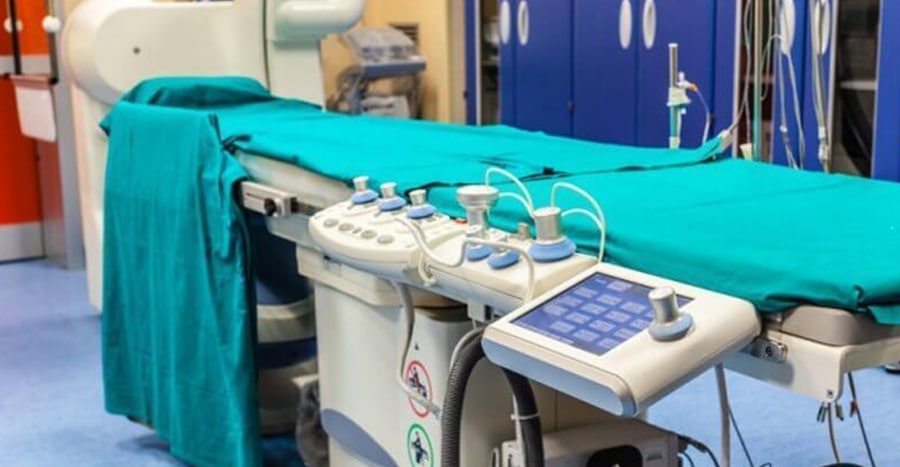Robotic Surgery

Most complex surgeries are done through two techniques, a huge open incision or a laparoscopy, which makes small incisions but is limited to simpler operations. With the advance of technology, in recent years an emerging option for more and more procedures is robotic surgery. Surgery is assisted through the use of electronic and mechanical robots. The limbs are controlled entirely by a computer and the gestures of the user. Also, a camera is inserted through a small hole that allows the doctor to view your body on a screen.
Robotic surgery is very similar to laparoscopy surgery. The only difference is that the operator can perform small, precise movements that could only have been done before during an open surgery. Much smaller cuts are done compared to an open surgery. Thus, there is less pain and less of a chance of infection and of the wound reopening. The recovery is much easier and faster and the hospital stay is shorter.
While the popularity of robotic surgery has increased, it is not available everywhere. The equipment can be cost prohibitive and doctors need to go through the proper training to use the machine with precision, because of this some hospitals have not yet adopted its use. Some more complex operations still cannot be done in this manner. When speaking with us, we will present this option if your procedure is a right fit.
Before:
You will not be allowed to eat or drink anything 8 hours before the procedure and you may need to purge anything in your bowels with an enema or laxative. If you take any blood thinners, your doctor will tell you to not take any dose 24 hours before the surgery as they might induce hemorrhage.
After:
After the robotic surgery, you will need to stay at the hospital to recover. When you go home will depend on the type of procedure performed and your health condition in general. There might be pain around the incision wounds and you might find it difficult to eat and move around normally.

